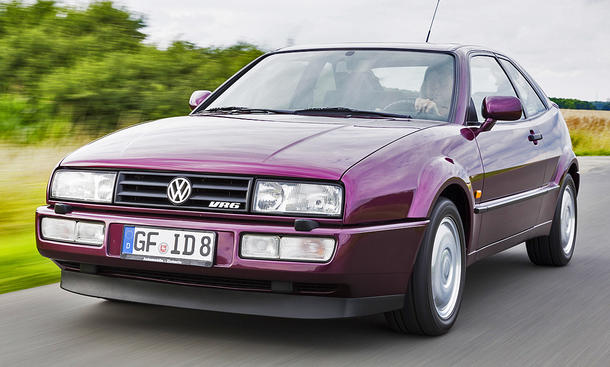When it comes to iconic engines in the automotive world, the VW VR6 holds a special place. With its distinct design and impressive performance capabilities, the VR6 has captivated enthusiasts and earned a reputation for being one of the most compelling engines in the industry. In this article, we’ll dive into the VW VR6, exploring its history, specifications, and what makes it a standout powerplant.
VW VR6: Departure from Tradition
The VR6 engine made its debut in the early 1990s, representing a departure from traditional engine configurations. Instead of the typical V6 layout with a 60-degree angle between the cylinder banks, the VR6 utilized a narrow-angle design with a 15-degree angle. This innovative approach allowed Volkswagen to combine the benefits of a V6 engine, such as smooth power delivery and compact size, with the advantages of an inline engine, including better torque characteristics and improved fuel efficiency.
The VR6’s Unmistakable Performance
One of the defining features of the VR6 is its unique firing order. Unlike a traditional V6 engine that fires in a sequential manner, the VR6 fires in an alternating fashion, resulting in a distinct exhaust note and a characteristic growl. This firing order, combined with the engine’s compact size, makes the VR6 a popular choice among performance enthusiasts who crave a thrilling driving experience.
A Versatile Powerhouse
In terms of performance, the VW VR6 doesn’t disappoint. It has become synonymous with power and torque, delivering impressive numbers that can rival larger engines. Depending on the generation and variant, the VR6 can produce anywhere from 170 to over 300 horsepower, providing ample acceleration and high-speed capabilities. This makes it a formidable engine choice for a wide range of VW models, including the Golf, Jetta, Passat, and even the legendary Corrado.
Advancements and Enhancements
The VR6 engine’s performance is further enhanced by advanced technologies and engineering. Variable valve timing, direct injection, and turbocharging have been introduced in later iterations of the VR6, maximizing power output and improving fuel efficiency. These advancements ensure that the VR6 remains a competitive engine option in today’s automotive landscape.
VW VR6: Durability and Reliability
Beyond performance, the VR6 also offers excellent durability and reliability. Thanks to its robust construction and high-quality materials, the VR6 has proven to be a long-lasting engine that can withstand the rigors of everyday driving as well as spirited performance demands. This reliability, coupled with the availability of aftermarket support and enthusiast communities, makes the VR6 an attractive choice for those seeking both power and peace of mind.
Considerations and Drawbacks
However, it’s worth noting that the VR6 engine does have its drawbacks. The narrow-angle configuration, while beneficial in terms of space-saving and efficiency, can present challenges when it comes to maintenance and repairs. Accessing certain components can be more complex and time-consuming compared to engines with wider angles. Additionally, the unique firing order, while producing a distinctive sound, can also result in increased vibrations, which may not be to everyone’s liking.
VW VR6: An Enduring Legacy
In conclusion, the VW VR6 is a remarkable engine that has left a lasting impression on automotive enthusiasts. Its unconventional design, impressive performance, and unique character have made it a standout choice for those seeking a driving experience like no other. Whether you appreciate its distinctive sound, its power delivery, or its undeniable charm, the VR6 continues to be a beloved powerplant that embodies Volkswagen’s commitment to innovation and driving enjoyment.
